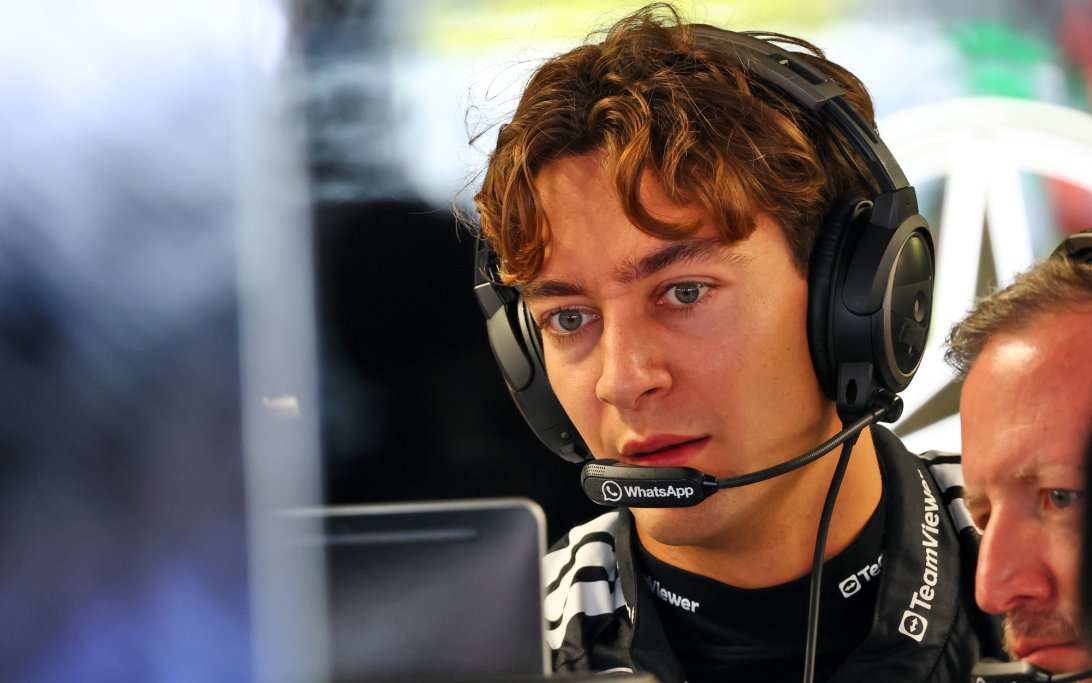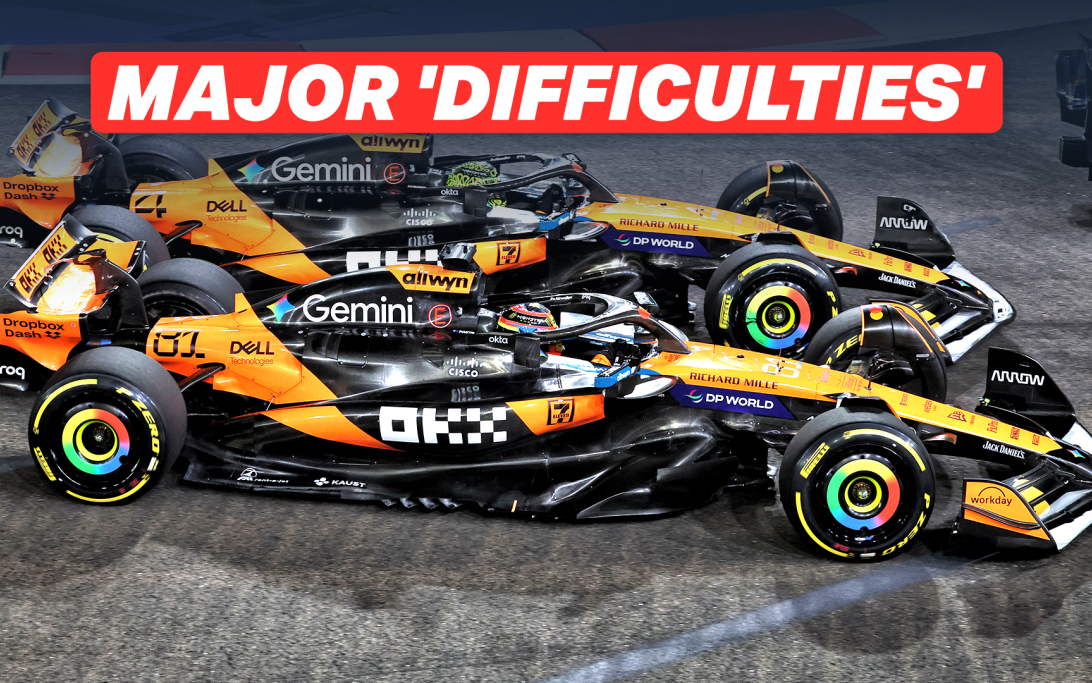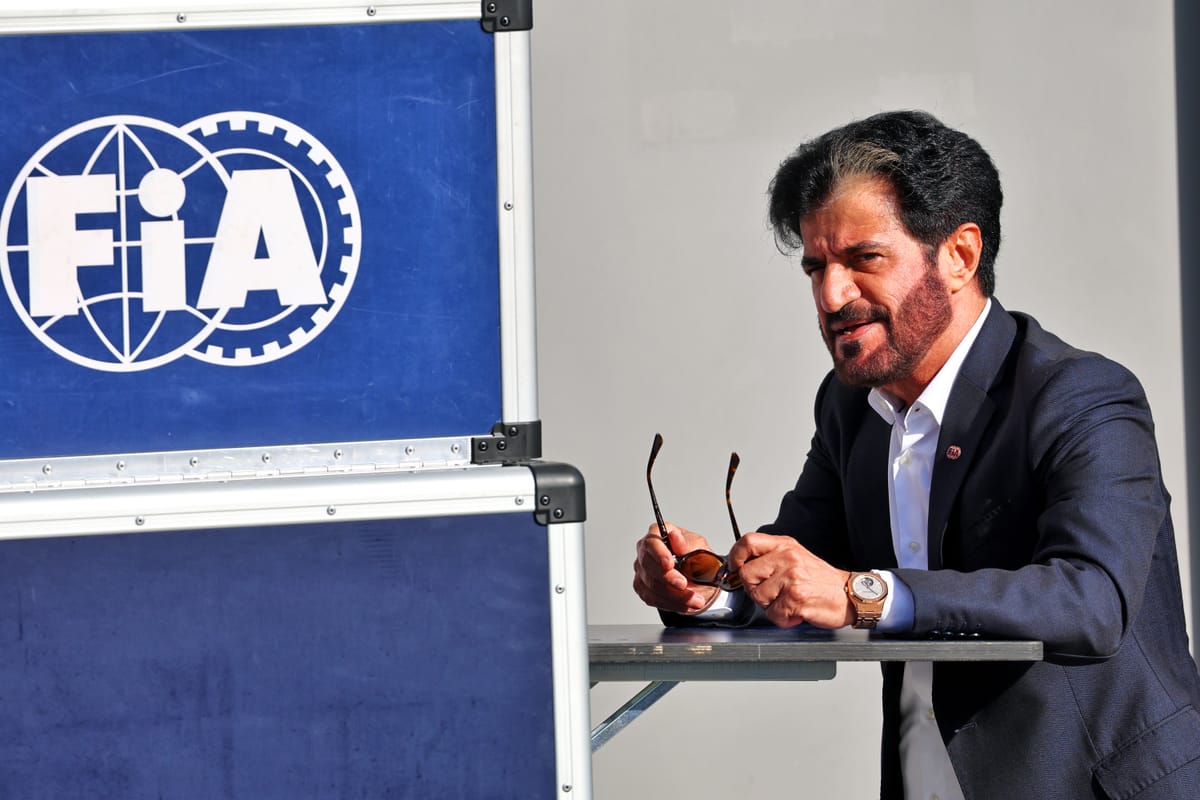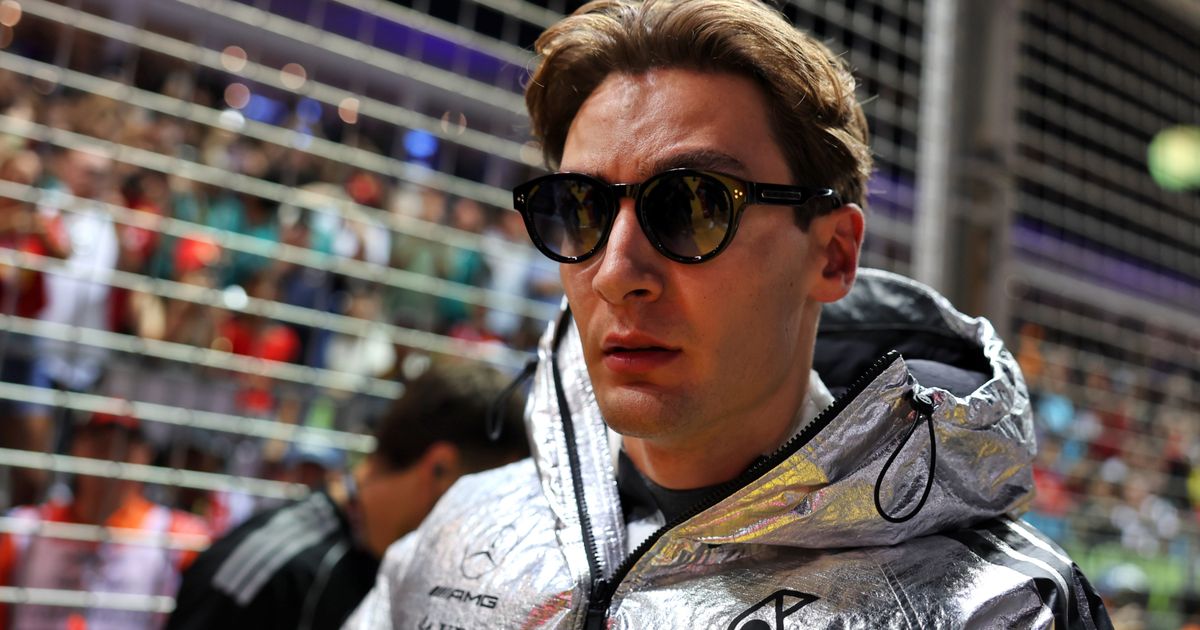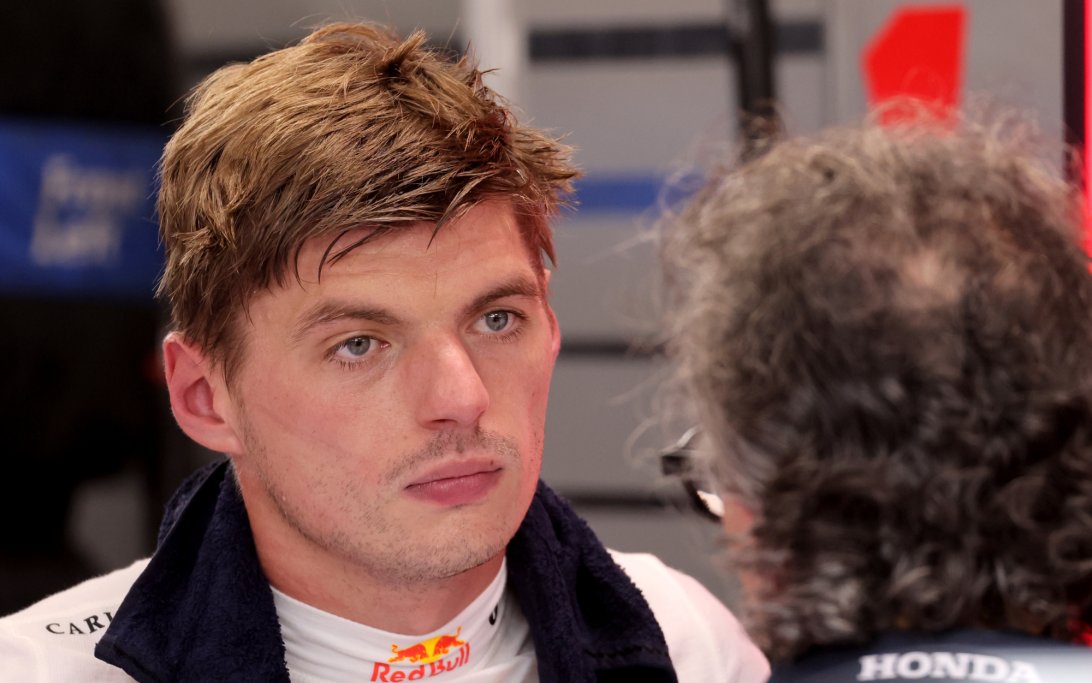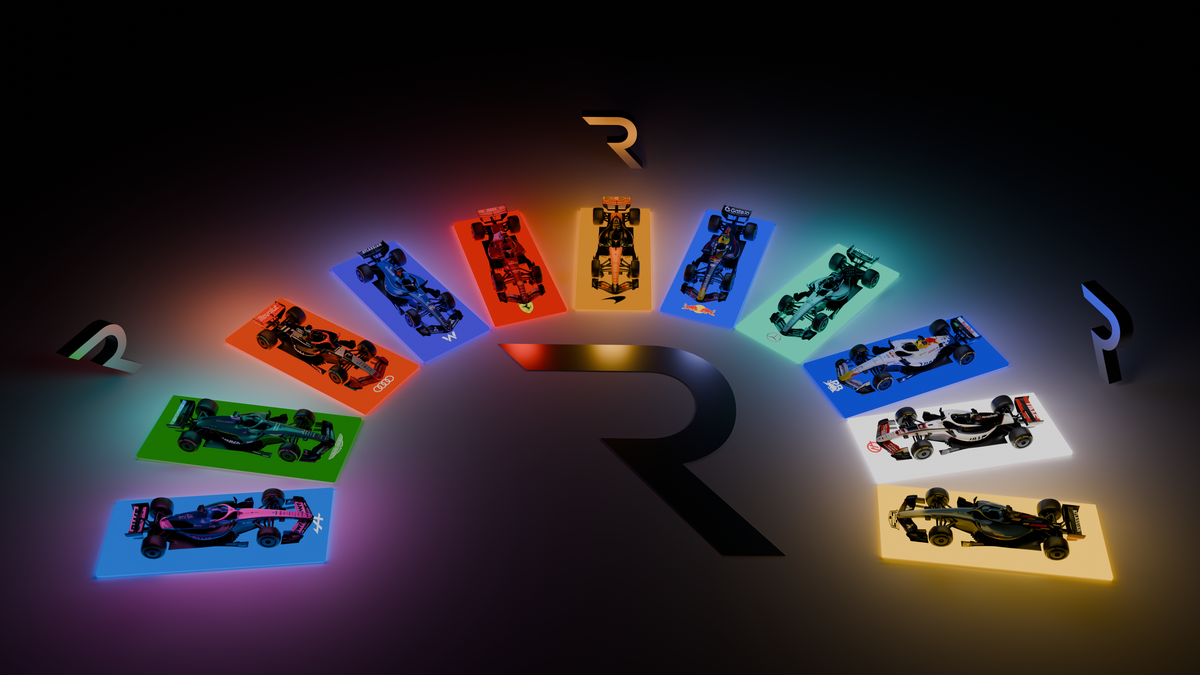
F1 2026: Teams Face 'Moving Target' with Rapidly Evolving Regulations
Formula 1 teams are grappling with a complex challenge in preparing for the 2026 regulations: rapidly evolving car designs mean their simulator work is a "moving target." With the all-new challengers set for their first closed-door test in Barcelona in less than four months, teams face significant uncertainties about car behavior and optimal performance strategies, particularly concerning tactical energy recovery.
Why it matters:
After years of relatively stable technical regulations, the 2026 overhaul represents the biggest in F1 history, fundamentally reshaping car design and performance. Teams that can quickly adapt and accurately predict the future state of their cars will gain a crucial competitive advantage, potentially dictating the pecking order for years to come. The current 'moving target' scenario highlights the immense pressure and technical complexity facing every F1 constructor.
The Details:
- Constant Design Evolution: Teams are continuously improving designs, leading to ever-changing performance parameters. This impacts simulator models, making earlier work potentially irrelevant within weeks.
- Energy Management Complexity: Downforce and drag levels directly influence energy deployment, a critical success factor under the new regulations, adding another layer of variability to simulations.
- Mercedes' Perspective: Andrew Shovlin, Mercedes' trackside engineering director, acknowledges that while the broad energy challenges are understandable, the week-on-week evolution of car performance makes it a "moving target" to optimize the chassis for the new power unit.
- Multi-faceted Overhaul: The 2026 regulations introduce new turbo-hybrid engines with a roughly 50/50 energy split, cars with moveable aerodynamics, new ECUs, new tires, and new fuels, creating an unprecedented workload across all technical departments.
- Predictive Challenges: Teams must predict downforce levels four months in advance to ensure their virtual car representations for simulations are accurate and relevant to what will actually roll out on track.
Between the lines:
This regulatory shake-up is expected to lead to significant design divergence initially. Brake supplier Brembo, for example, has reported receiving vastly different design approaches from teams for their 2026 brake systems—some minimalist, others conservative. Similarly, Pirelli is seeing a wide range of predictions for end-of-straight loads and downforce levels.
- Initial Divergence, Eventual Convergence: Shovlin anticipates that the grid will showcase considerable design variety when cars are first unveiled. However, he expects that teams will quickly adopt successful concepts, leading to a rapid convergence of design philosophies.
- Strategic Opacity: Teams are developing their cars in isolation, with little information shared between rivals. This secrecy fuels the initial diversity but also makes predicting competitors' progress incredibly difficult.
- Performance Bluffing: Shovlin suggests that some teams might be downplaying their advanced simulation results, while others might be presenting aspirational figures. Despite this, he suspects that the actual performance differences won't be as vast as some predictions suggest once the cars hit the track.
What's next:
With the first collective test looming, teams will intensify their efforts to solidify their 2026 car designs and refine their simulator models. The coming months will be crucial for laying the groundwork for what promises to be one of the most unpredictable and technically demanding F1 seasons in recent memory. The true extent of the performance gaps and the success of various design philosophies will only become clear when the new generation of F1 cars takes to the track in early 2026.
Original Article :https://www.the-race.com/formula-1/f1-2026-rapid-evolution-new-headache-for-team...


